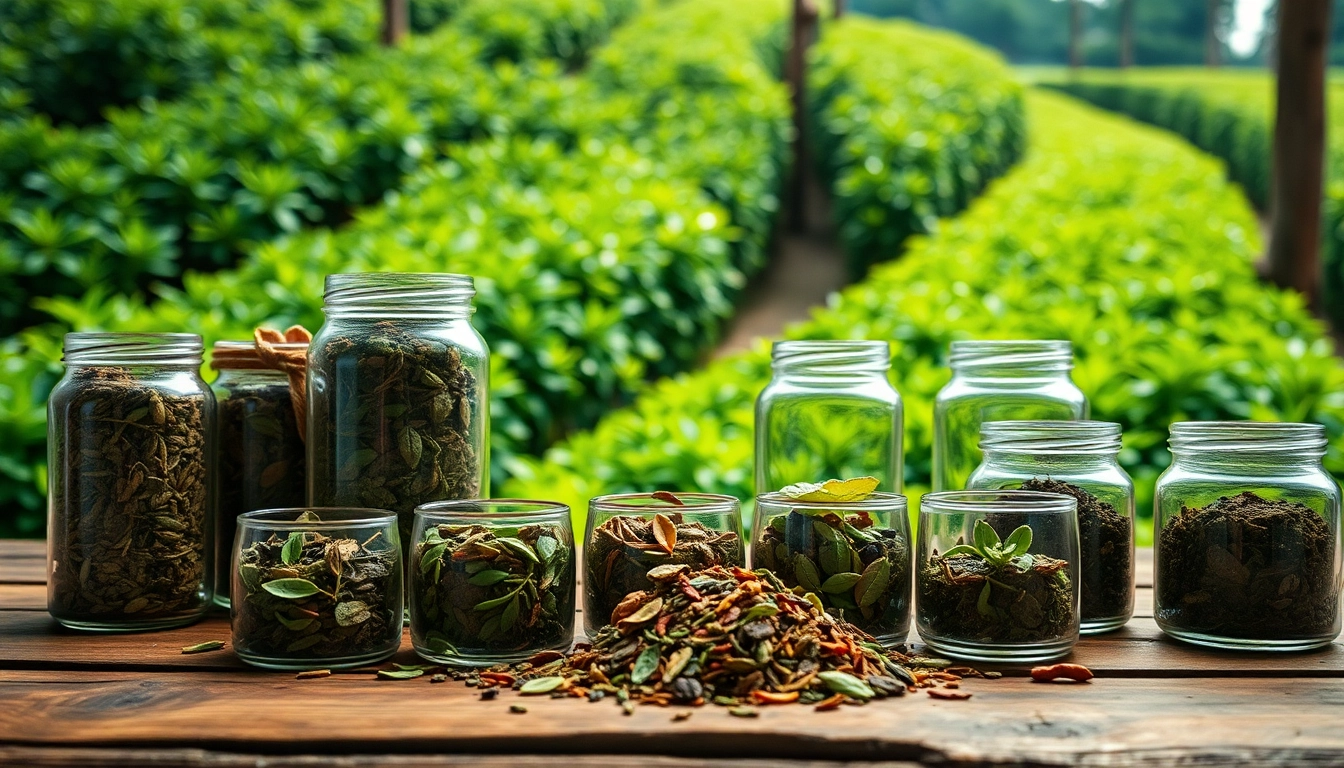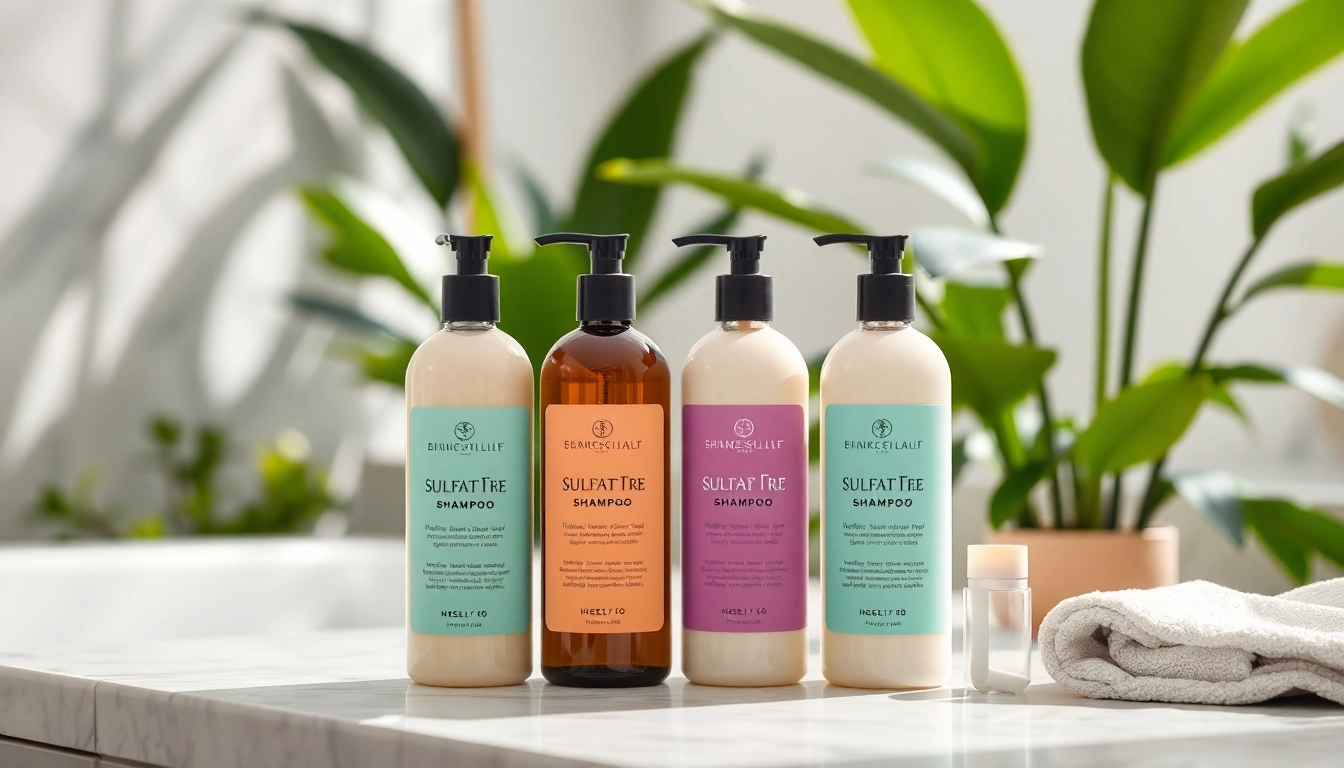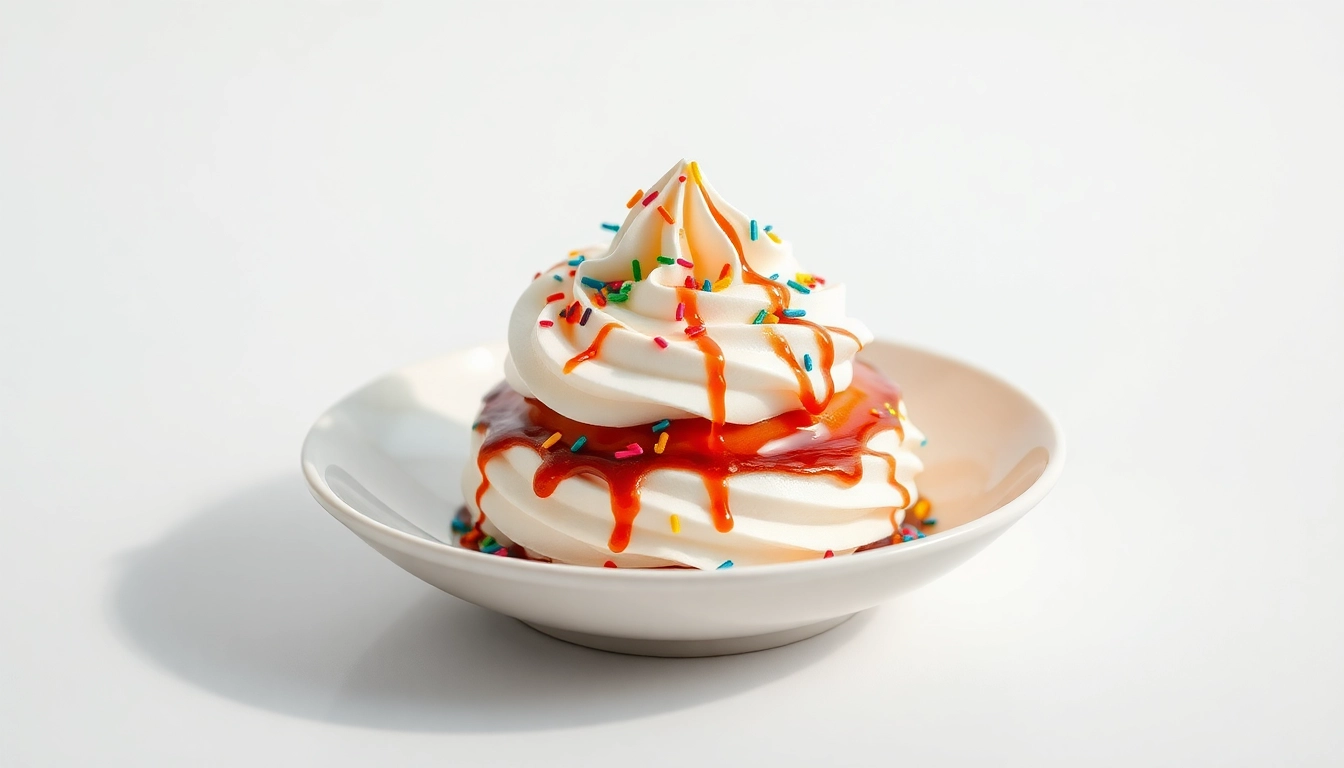What is Single Origin Tea?
In the ever-evolving world of tea, the term “single origin tea” has gained prominence as connoisseurs and casual drinkers alike seek to experience true flavors and qualities of tea from specific regions. Unlike blended teas, which typically combine leaves from multiple sources, single origin teas are sourced from a specified location, allowing drinkers to appreciate the distinct characteristics influenced by environmental factors and harvesting techniques. Understanding the nuances of single origin tea can elevate your tea-drinking experience. For those interested in diving deeper, explore quality selections like single origin tea from varied estates.
Defining Single Origin vs. Blends
Single origin tea refers to tea that is harvested from a single estate, garden, or geographical area. This classification allows each type of tea to retain unique flavor profiles that are inherently tied to its location. The tea leaves are often processed and packaged without adding other tea types, ensuring purity and authenticity.
In contrast, blended teas combine leaves from various regions or even different types of tea to achieve a balanced flavor. Blending is often done to maintain consistency in taste, regardless of seasonal variations or yield fluctuations at specific locations. While blends have their own merits, they can obscure the exceptional characteristics that single origin varieties showcase.
Understanding this distinction is crucial for anyone looking to appreciate the full spectrum of what teas can offer—from robust, overpowering flavors to subtle, intricate profiles of a specific estate.
Benefits of Single Origin Tea
The allure of single origin tea extends beyond its unique flavors and aromas. Here are several key benefits:
- Traceability: Single origin teas allow consumers to trace the source of their beverage, providing insights into its cultivation and harvesting methods.
- Unique Flavors: Each region imparts distinct qualities to its teas due to varying soil compositions, climates, and growing techniques.
- Quality Assurance: With single origin products, there is often a higher possibility of encountering quality control measures that ensure optimal flavor and freshness.
- Support Local Farmers: Purchasing single origin products often translates to supporting local tea growers and sustainable practices.
Key Regions for Single Origin Tea
Various regions around the world are renowned for their unique single origin teas. Some noteworthy areas include:
- Darjeeling, India: Known as the “Champagne of teas,” Darjeeling produces exquisite black teas characterized by muscatel flavors and a floral aroma.
- Uji, Japan: Uji is celebrated for its matcha and gyokuro. The shade-grown leaves yield rich umami notes and a vibrant green color.
- China: Regions like Yunnan and Fujian are famous for their oolong and pu-erh teas. Each province offers a different taste experience that reflects its terroir.
- Sri Lanka (Ceylon): Known for bright, brisk teas, Ceylon teas can have a wide range of flavors based on the elevation of the growing regions.
Exploring the Flavor Profiles
Tasting Notes from Various Estates
Individual estates produce teas with distinct tasting notes that are influenced by the unique conditions within the garden. Here’s a look at some renowned estates:
- Goomtee Estate, Darjeeling: Offers muscatel flavor with a floral aroma and hints of fine spices.
- Hoshino, Japan: Known for its delicate sencha, which provides a sweet umami profile complemented by grassy notes.
- Nilgiri, India: Produces fragrant teas that exhibit a floral character with a refreshing finish.
How Terroir Influences Flavor
Terroir refers to the set of environmental conditions, including soil, weather, and geographic features, that affect how a crop is grown. For tea, terroir can dramatically alter flavor:
- Soil Composition: Different minerals and soil types can enhance or contribute unique flavors—think of the mineral-rich soils in Darjeeling.
- Altitude: Higher elevations typically produce slower-growing tea leaves, leading to more complex flavors and aromas as seen in high-altitude Darjeeling.
- Climate: The amount of rain, sunlight, and temperature variations throughout the growing season can influence the final product significantly.
Identifying Quality Single Origin Teas
When searching for high-quality single origin teas, consider the following factors:
- Harvest Dates: Freshness is crucial. Check for the harvest date on the packaging.
- Appearance: Leaves should be whole and uniform. Avoid broken or crushed leaves, which indicate poor quality.
- Aroma: Quality teas have a naturally fragrant aroma; take a moment to smell before brewing.
- Source Transparency: Look for brands that provide details on their sourcing practices and origins.
Health Benefits of Single Origin Tea
Rich Antioxidant Properties
Single origin teas are packed with antioxidants, particularly polyphenols, that can help mitigate oxidative stress in the body. Regular consumption of antioxidant-rich tea can have several health benefits, including:
- Reducing inflammation
- Lowering risks for chronic diseases
- Boosting the immune system
Promoting Mental Clarity
Certain types of single origin tea, particularly green and white teas, contain L-theanine, an amino acid known to promote relaxation without causing drowsiness. Studies show that L-theanine can enhance focus, reduce stress, and improve cognitive performance, making single origin teas an excellent alternative to coffee for maintaining energy levels throughout the day.
Single Origin Tea and Its Impact on Wellness
In modern wellness culture, single origin teas are gaining traction as holistic health solutions. These teas can be incorporated into a daily routine to support everything from hydration to metabolism:
- Hydration: Drinking tea can substantially contribute to daily hydration needs, which is essential for overall physical health.
- Metabolism Boost: Certain teas, particularly those like oolong and green tea, may help in increasing metabolism and fat oxidation.
- Mood Enhancement: Drinking tea can provide comforting benefits, supporting emotional well-being through mindful moments during breaks.
Choosing the Right Single Origin Tea for You
Factors to Consider When Selecting Tea
When selecting the perfect single origin tea for your palate, there are several factors you should keep in mind:
- Taste Preferences: Consider whether you prefer floral, grassy, earthy, or spicy flavors.
- Caffeine Content: Different teas have varying caffeine levels; white and green teas typically contain less, while robust black teas have more.
- Health Goals: Think about what you want from your tea—relaxation, focus, or perhaps even detoxification.
Brewing Techniques for Optimal Flavor
The brewing method can greatly influence the flavors extracted from your tea leaves. Here are some essential techniques:
- Water Quality: Use filtered water for the best taste, free from chlorine and impurities.
- Temperature: Different teas require different water temperatures; for instance, black tea typically brews well around 200°F (93°C) while green tea benefits from cooler water at around 175°F (80°C).
- Steeping Time: Adhere to recommended steeping times (generally 2-5 minutes) to avoid bitterness or undesirable flavors.
Where to Buy Quality Single Origin Tea
Finding quality single origin tea can be done both online and in-store. Look for reputable brands known for their commitment to quality sourcing. Specialty tea shops or farmers’ markets often provide quality options with transparency in their products:
- Online marketplaces that focus on artisanal goods often feature curated collections of single origin teas.
- Consider clubs or subscriptions that offer unique selections, allowing you to discover new favorites easily.
Integrating Single Origin Tea into Your Lifestyle
Creative Recipes Featuring Single Origin Teas
Incorporating single origin teas into your culinary repertoire can be a delightful experience. Here are some ideas:
- Matcha Smoothies: Blend matcha with fruits and yogurt for a refreshing smoothie rich in antioxidants.
- Chai Latte: Use high-quality Assam tea as a base for a spiced chai latte, combining it with cinnamon and cardamom.
- Tea-infused Desserts: Incorporate Earl Grey tea into cakes and cookies for fragrant flavor enhancements.
Hosting a Single Origin Tea Tasting
Hosting a tea tasting can be a fun way to introduce friends to the world of single origin teas. Consider these steps:
- Curate a Selection: Choose a variety of single origin teas from different regions to showcase the diverse flavors available.
- Provide Brewing Instructions: Share the appropriate temperature and steeping times with your guests to ensure an optimal tasting experience.
- Pair with Snacks: Consider pairing your teas with light snacks that complement the flavors—think scones for English teas or Asian dumplings for Japanese greens.
Pairing Single Origin Tea with Foods
Pairing tea with food can enhance both the meal and the tea experience. Here are some pairing suggestions:
- Darjeeling: Pairs well with light sandwiches or seafood for its delicate flavor profile.
- Pu-erh: Complements rich, fatty dishes like duck or pork due to its earthy, robust qualities.
- Sencha: Offers a refreshing contrast to sushi, highlighting the fresh flavors of the dish.



